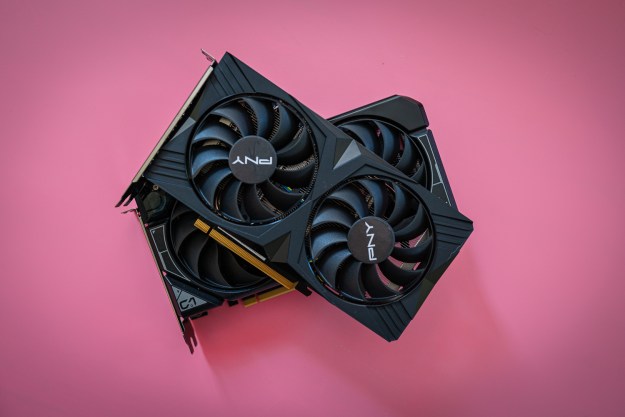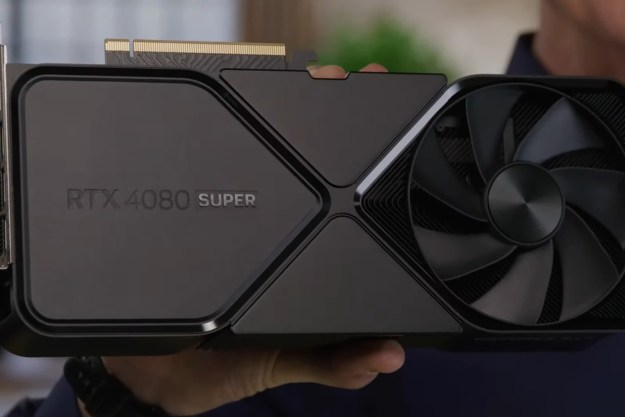Nvidia’s newly released RTX 4060 is positioned as the champion of midrange, 1080p gaming, but it has some stiff competition in the form of the RX 7600 from AMD. Both GPUs are built for premium gaming at Full HD, but there are some important differences between them.
I threw both on my test bench to see which is the best graphics card for your next PC build. Although neither GPU shoots ahead of the other, there’s a clear winner for value.
Spec for spec
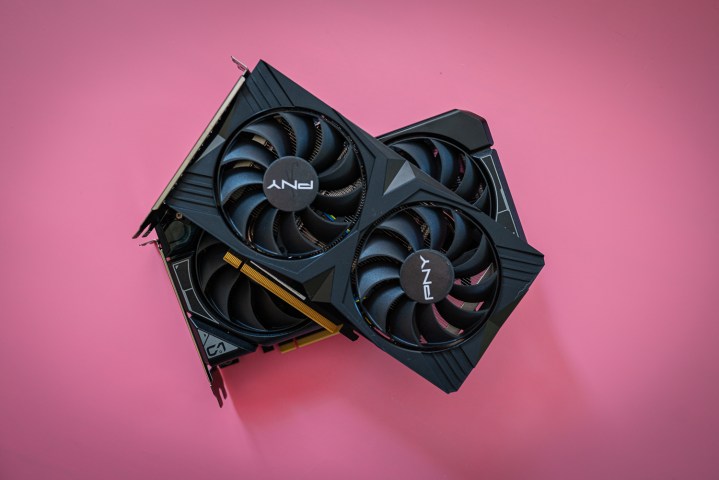
I’ve listed the specs for the RTX 4060 and RX 7600 below, but you shouldn’t compare most of them directly. As is always the case between two GPUs with different architectures, core counts and clock speeds say nothing about performance. For instance, the RX 7600 is missing over 1,000 cores compared to the RTX 4060, but it’s definitely not a third slower.
| RTX 4060 | RX 7600 | |
| Architecture | Ada Lovelace | RDNA 3 |
| Process | TSMC N4 | TSMC N4 |
| Cores | 3,072 | 2,048 |
| Ray tracing cores | 24 | 32 |
| Tensor cores | 96 | N/A |
| Boost clock speed | 2,460MHz | 2,655MHz |
| VRAM | 8GB GDDR6 | 8GB GDDR6 |
| Cache | 24MB L2 | 2MB L2, 32MB L3 |
| Memory bandwidth | 272 GB/s (453 GB/s effective) | 288 GB/s (476.9 GB/s effective) |
| Bus width | 128-bit | 128-bit |
| Total Graphics Power (TGP) | 115 watts | 165 watts |
| List price | $300 | $270 |
There are some useful comparisons, though. The memory subsystem has been a point of contention over the last several months as VRAM limitations become more common in modern games. And unfortunately, both the RX 7600 and RTX 4060 hit that limitation in games like The Last of Us Part One.
Both GPUs are rocking 8GB of GDDR6 memory across a 128-bit bus. Unlike previous generations, where Nvidia would opt for a larger bus width to improve memory bandwidth, both the RTX 4060 and RX 7600 rely on an enhanced cache size for bandwidth improvements. Nvidia goes for a faster L2 cache, however, while AMD opts for slower L3 but more of it.
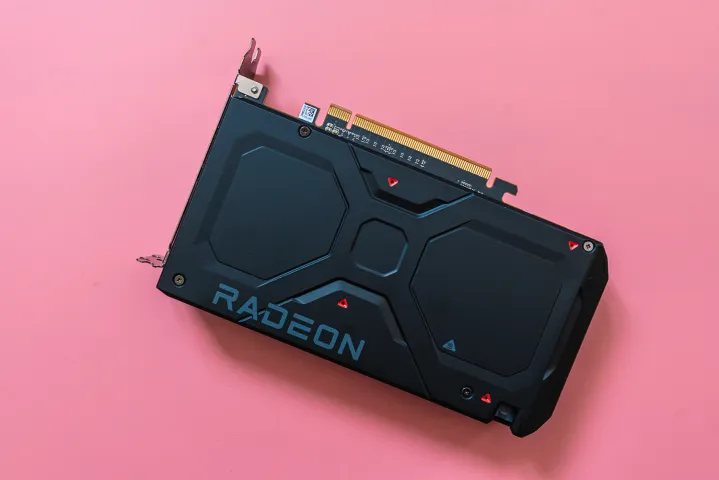
It’s a pick-your-poison situation, as both GPUs have very similar effective bandwidth. Nvidia has an advantage due to its power consumption, though. Less memory on a smaller bus leads to less power consumption, and combined with the efficiency of Nvidia’s most recent architecture, allows the RTX 4060 to operate at a cool 50 watts less than the RX 7600.
Outside of power, price is a significant difference. The RX 7600 lists for $30 less than the RTX 4060. However, likely in response to the RTX 4060, you can find the RX 7600 for closer to $250 now, allowing it to undercut the RTX 4060 by $50.
Is the RTX 4060 faster than the RX 7600?
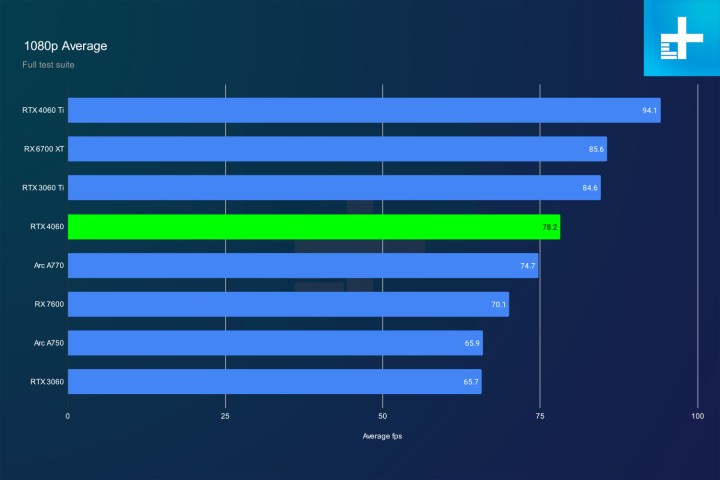
If we take a high-level snapshot of performance for the RTX 4060 and RX 7600, Nvidia’s GPU is nearly 12% faster while being anywhere from 11% to 20% more expensive. This average includes my full test suite, though, averaged through a geomean, and it encapsulates both rasterized performance and ray tracing performance.
In many games, the comparison isn’t as clear. For instance, in Cyberpunk 2077, the RX 7600 is actually 6% ahead of the RTX 4060 despite costing less. The same is true in Red Dead Redemption 2, where AMD’s GPU leads by over 9%.
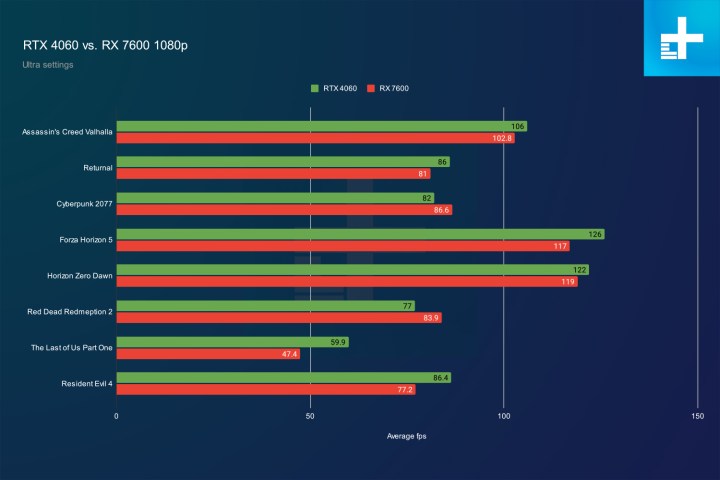
Those are the only two games where the RX 7600 leads. The RTX 4060 has an edge in most games, though it’s usually not a significant one. In Assassin’s Creed Valhalla, it leads by 3%; in Horizon Zero Dawn, it’s 2.5%; and in Returnal, it’s 6% (though, that game supports Nvidia’s massively impressive DLSS 3).
There are a few titles where the RTX 4060 shoots ahead, though. It’s 12% faster in Resident Evil 4, for example, and a massive 26% faster in The Last of Us Part One. It’s also 8% faster in Forza Horizon 5, and its advantage multiplies if you factor in DLSS 3.
Taking all the games into account, the RTX 4060 and RX 7600 trade blows, with a handful of games showing a big boost for the RTX 4060. So where’s that 12% advantage coming from? Ray tracing.
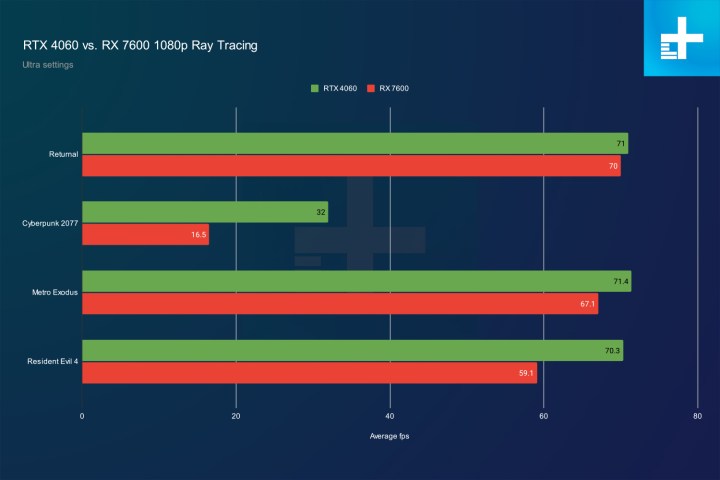
For instance, in Resident Evil 4, the RTX 4060’s lead of 12% jumps to 19% if you flip ray tracing on. Similarly, where the RX 7600 is ahead in Cyberpunk 2077 with
Unlike previous generations, though, the RX 7600 can compete with the RTX 4060 in less demanding ray tracing workloads. It’s not far behind in Metro Exodus, for example, and it manages to match the RTX 4060 in Returnal.
For 1080p, there’s no doubt the RTX 4060 is ahead, and you can justify spending more on it if you take into account everything. However, ray tracing is mainly where the RTX 4060 shoots ahead, so you can save some money with the RX 7600 and still get excellent performance in most games.
What about 1440p?
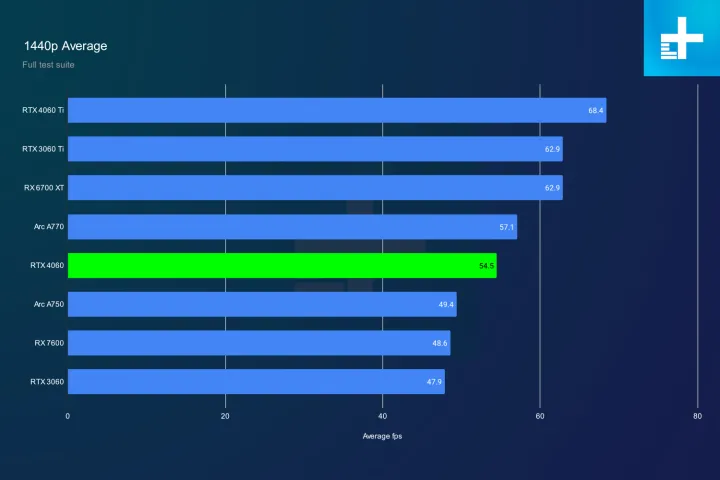
At the $300 price point, you should be getting a 1080p GPU with 1440p aspirations. Unfortunately, both the RX 7600 and RTX 4060 struggle in that regard. As you can see from the average, the 12% gap between the two GPUs remains the same at a higher resolution, and it shouldn’t; I would expect to see some movement.
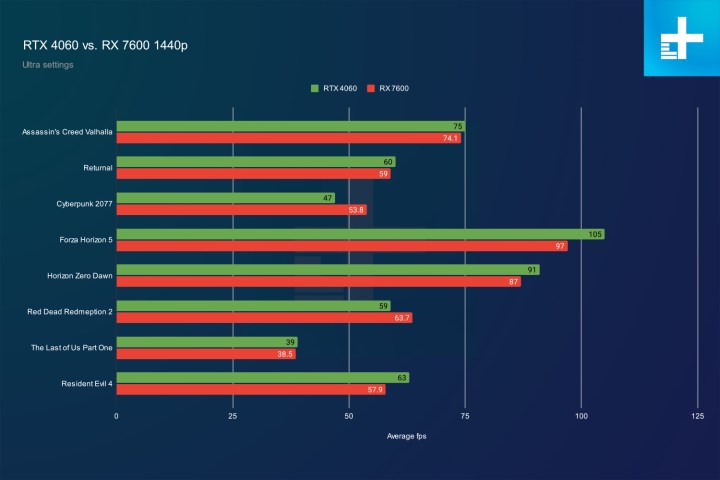
You can look through my other results and see almost identical scaling as we saw at 1080p, both for rasterized performance and ray tracing performance. There’s a good explanation for why, too.
Both the RTX 4060 and RX 7600 have the same constrained memory interface, limiting their potential at higher resolutions. If you take a look outside of the two-way comparison, you can see that GPUs like the Arc A770 shoot ahead at 1440p with its 16GB of VRAM, and the RX 6700 XT and its 12GB of VRAM goes even higher.
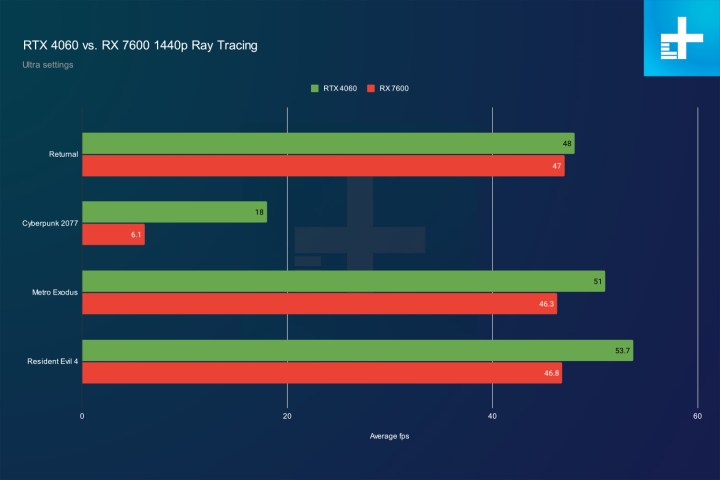
I wouldn’t recommend either GPU for 1440p, frankly. Something like the RX 6700 XT is much better equipped for it. If you have to choose between them, though, the edge goes to the RTX 4060 due to having access to DLSS 3, which excels more at higher resolutions and settings.
RTX 4060 vs. RX 7600: which should you pick?

The $300 graphics card is an important one. It’s the go-to, workhorse GPU that just works, offering great value and decent performance at 1080p, and promising a stable PC build for the next several years. Unfortunately, both the RTX 4060 and RX 7600 fall short of that mark, mostly due to their limited VRAM capacity.
Between the two, the RX 7600 is certainly the value play. You’re giving up ray tracing performance, and you don’t have access to DLSS 3, but you’re getting as good or better performance in rasterized games, which is really where a $300 GPU shines. That doesn’t mean you should ignore the RTX 4060 completely. You should just know that the $30 to $50 more you spend on it is largely going to
If you have $300 to spend, though, I would take a serious look at the RX 6700 XT from AMD. It’s not great for ray tracing either, but it’s faster than both the RX 7600 and RTX 4060, and it’s around the same price.
Editors' Recommendations
- I tested Intel’s XeSS against AMD FSR — and the results speak for themselves
- I’ve reviewed every AMD and Nvidia GPU this generation — here’s how the two companies stack up
- Nvidia is reportedly ‘worried that it’s missing the boat’
- The Nvidia RTX 4080 Super just trounced AMD
- This underrated AMD GPU beats the RTX 4070 Ti Super




